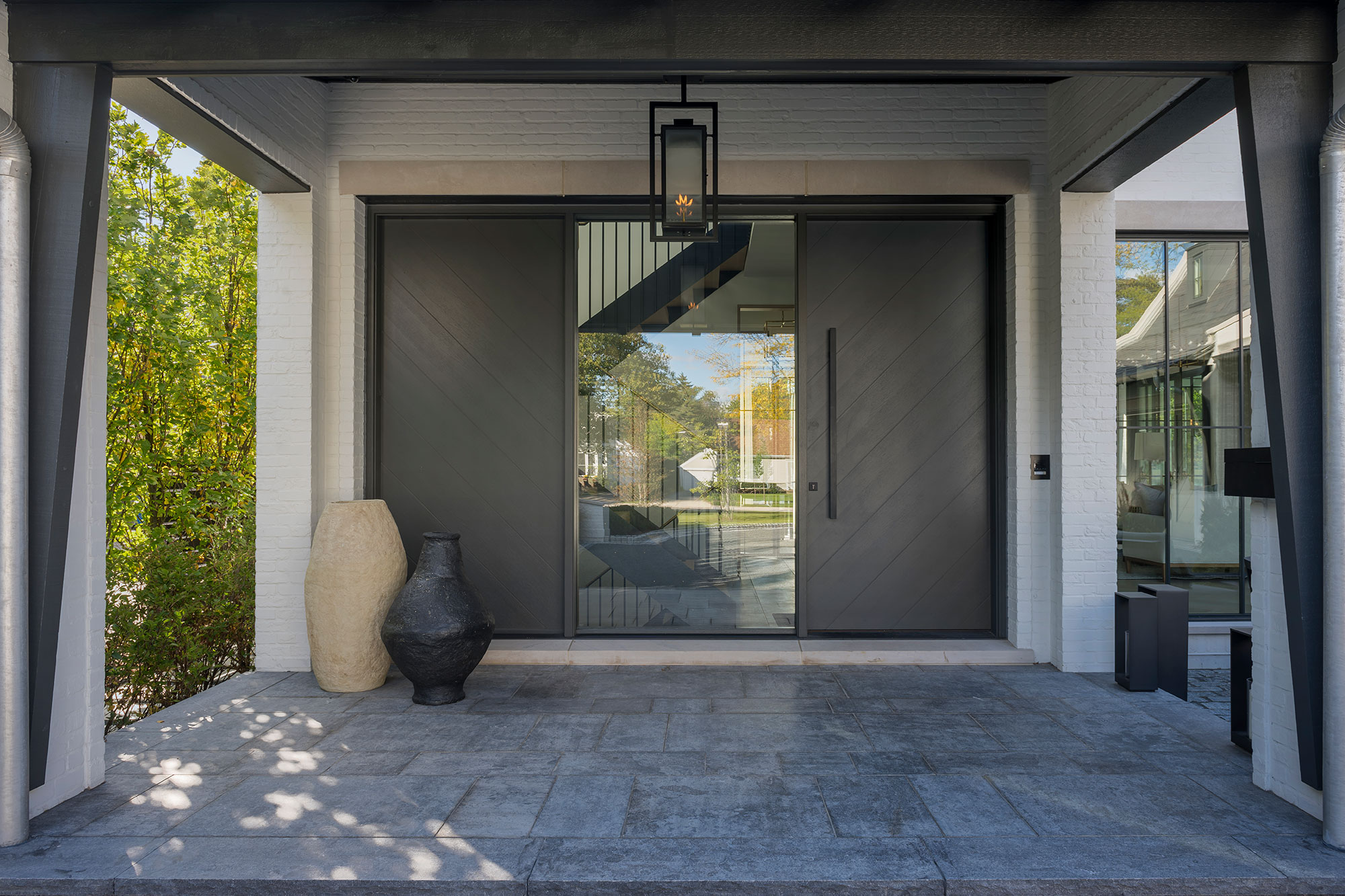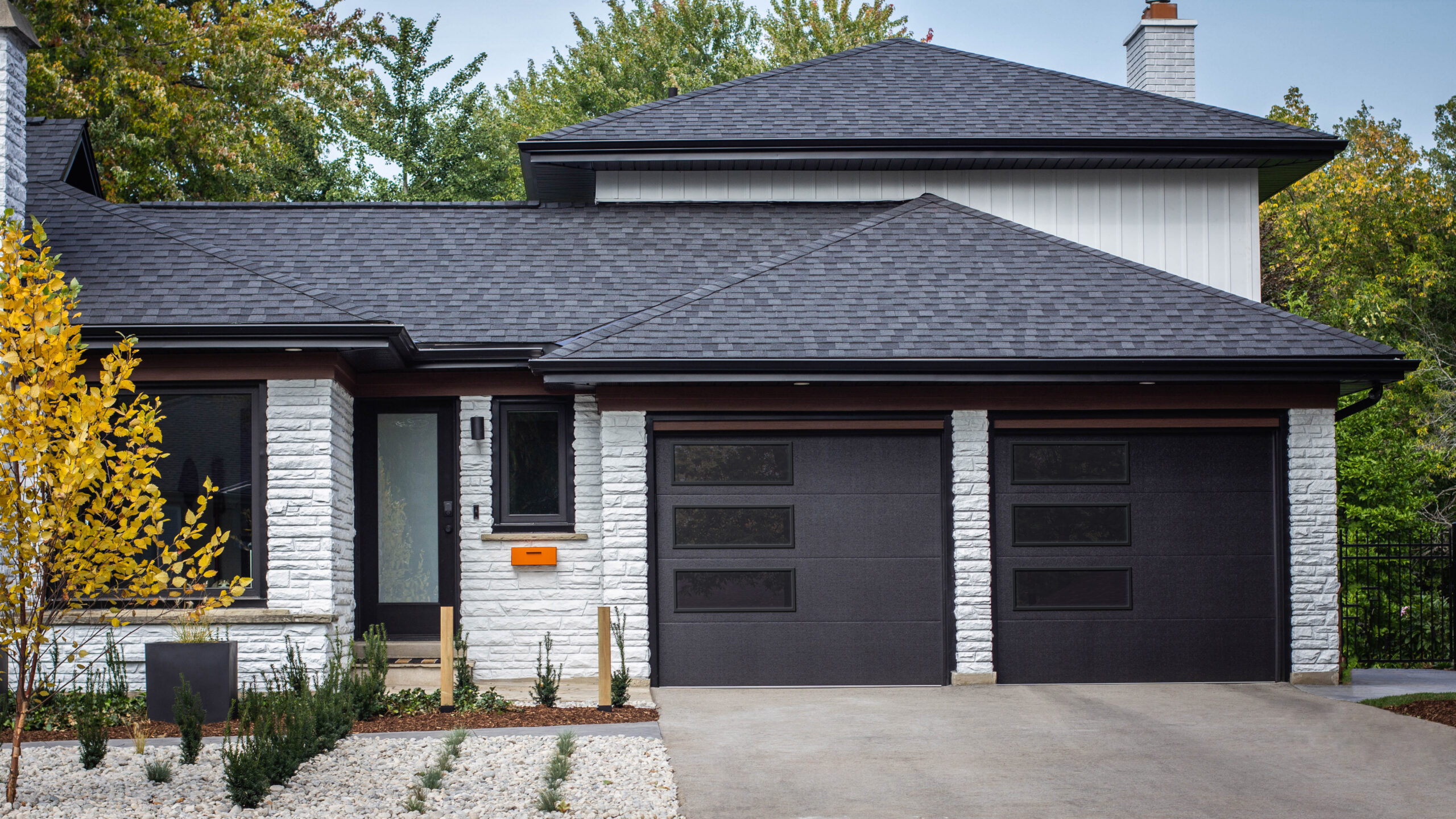How often should you replace your front door?
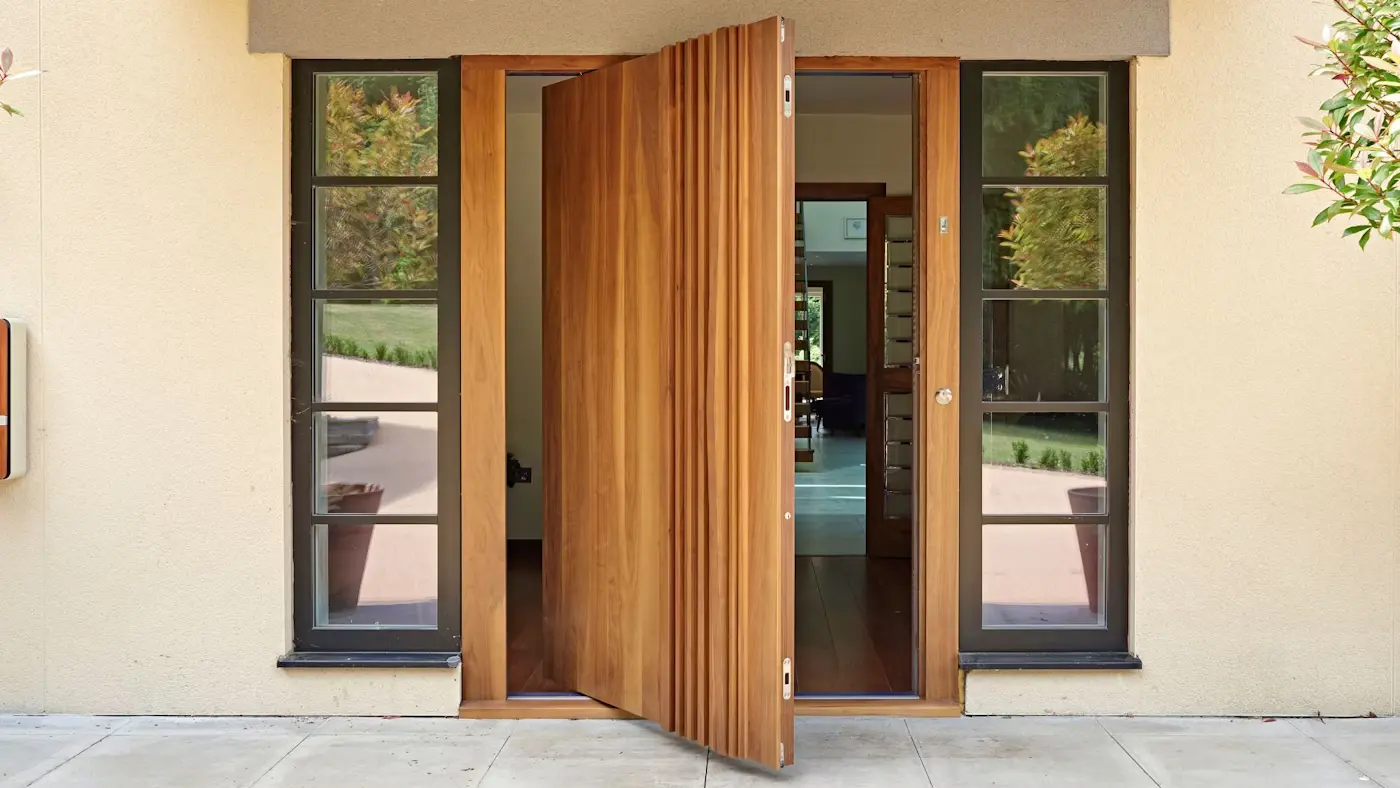
The Importance of Replacing the House Front Door
Over time, front door can take a beating from weather, wear and tear, and general aging. If it’s been years since you last replaced your front door, it might be time to consider an upgrade. This article will explore why front door replacement matters and how an old, worn-out door can affect your home’s value and security.
Why Front Door Replacement Matters?
A front door is more than just a piece of wood or metal—it’s the gateway to your home. Replacing an old, worn-out front door can improve your home’s functionality and aesthetic appeal. The right front door can boost your home’s curb appeal, making it more inviting to guests and potential buyers if you want to sell.
A front door is essential for your home’s safety. Modern doors come with enhanced security features, making it much harder for intruders to break in. If your front door has been around for a decade, it may no longer offer the protection you need. A newer door can give you peace of mind and protect your family from potential threats.
Finally, replacing your front door can also lead to significant savings on energy bills. Older doors often allow drafts to creep in, making it harder to keep your home cool in summer and warm in winter. You can improve insulation and reduce energy costs with a new, energy-efficient front door.
The Impact of an Old Front Door on Home Value and Security
An old front door can negatively impact both the value of your home and its security. If your door is scratched, dented, or showing signs of rot, it’s not exactly an attractive feature for potential buyers. In fact, a worn-out front door can lower your home’s curb appeal, making it harder to sell. A replacement front door is a relatively low-cost upgrade that can significantly impact your home’s overall value.
Regarding security, an old front door is often a weak link in your home’s defense system. Older doors may have outdated locks, flimsy frames, or worn-out weatherstripping, making it easier for burglars to gain access. On the other hand, new front doors come with stronger materials, better locks, and modern features like reinforced glass or steel frames that provide an extra layer of protection.
Additionally, an old front door can fail to keep the elements out. If it doesn’t seal properly, drafts can enter, and moisture can seep in, leading to higher utility bills and potential water damage. In the long run, replacing your front door improves your home’s aesthetic and security and helps protect your investment from the inside out.
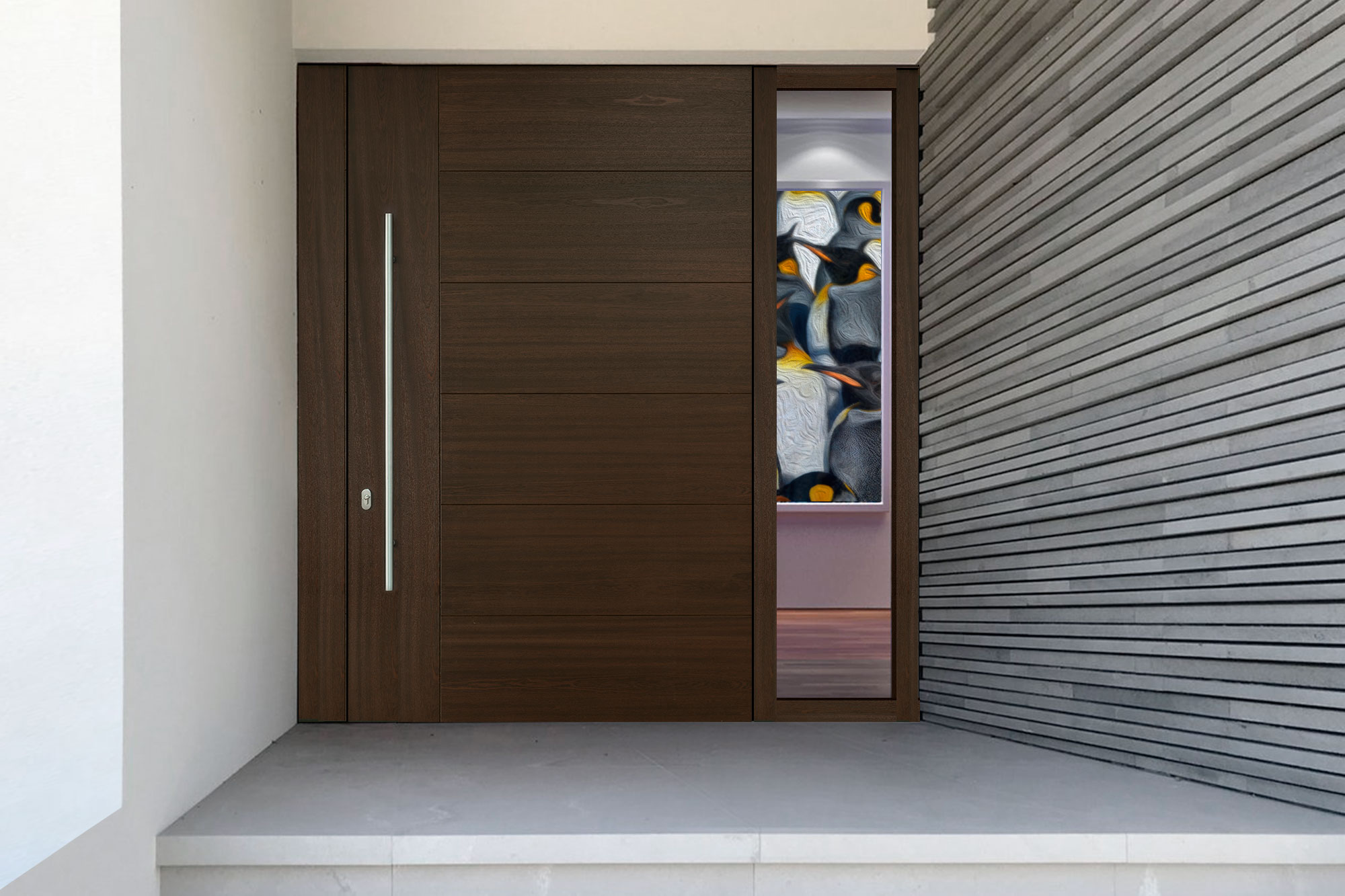
How Often Should You Replace Your Front Door?
Knowing when to replace it can be tricky, as the lifespan of a front door depends on several factors, including material, climate, and how much wear it gets. In this section, we’ll discuss the general lifespan of front doors and the typical timeframe for replacement.
General Lifespan of a Front Door
The lifespan of a front door varies based on the material it’s made from. Generally, the more durable the material, the longer your door will last. Here’s a quick look at the lifespan of common front door materials:
Wooden Front Doors:
Wooden doors are classic and beautiful, but more vulnerable to the elements. Proper maintenance means a well-made wood door can last anywhere from 20 to 30 years. However, they tend to warp, crack, or rot if exposed to moisture or extreme weather conditions.
Steel Front Doors:
Steel doors are known for their strength and security. They typically last around 30 years, sometimes even longer, with little maintenance required. However, they can be prone to dents and rust, especially if they aren’t properly cared for.
Fiberglass Front Doors:
Fiberglass is an excellent choice for durability and insulation. These doors can last 25 to 30 years. Fiberglass doors are resistant to warping and damage from weather, making them a reliable option for homeowners in various climates.
Glass Doors:
Fiberglass is an excellent choice for durability and insulation. These doors can last 25 to 30 years. Fiberglass doors are resistant to warping and damage from weather, making them a reliable option for homeowners in various climates.
Average Timeframe for Front Door Replacement
As a general rule of thumb, most front doors need replacement every 20 to 30 years. However, this can vary depending on weather conditions, door maintenance, and how often the door is used. For example, a door in a region with harsh winters or hot summers might wear out faster, especially if made of wood or glass.
Signs of wear, like difficulty opening or closing, visible damage, or drafts, usually appear before your front door ends its lifespan. If your door is more than 20 years old and showing signs of wear, it might be a good idea to start considering replacement.
Even if your door looks fine, there may still be underlying issues. For example, older doors may not meet modern energy efficiency standards, leading to higher energy bills. If you notice drafts, leaks, or increased heating and cooling costs, replacing your front door could save you money in the long run.
Finally, if you plan to sell your home, replacing the front door is an affordable way to increase curb appeal and make a strong first impression on potential buyers. Even if your door isn’t technically at the end of its life, a fresh, modern door can boost your home’s value and make it more attractive to buyers.
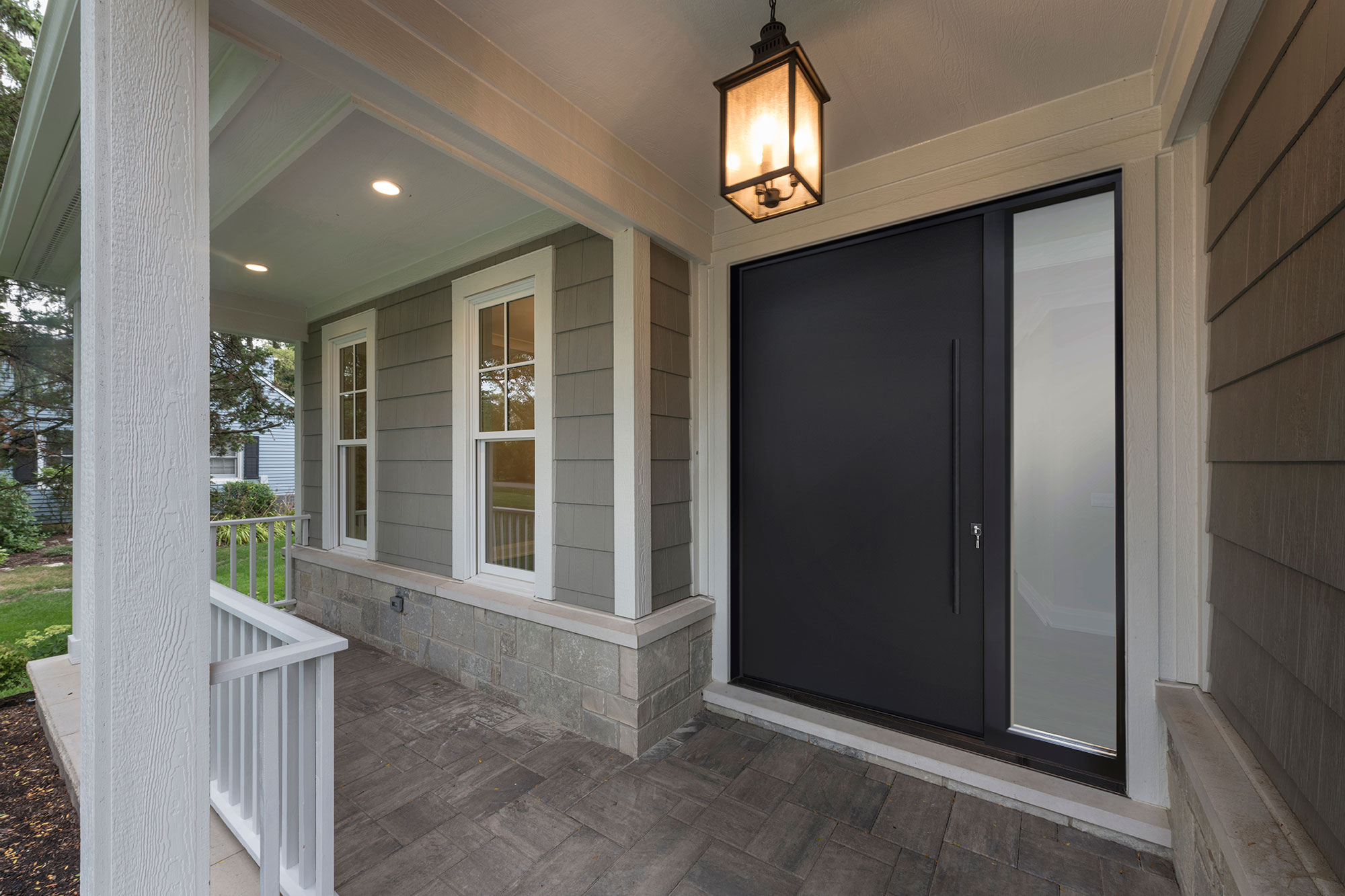
Signs That It’s Time to Replace Your Front Door
With years of use, your front door may show signs of wear and tear, indicating it’s time for replacement. In this section, we’ll discuss common signs that your front door needs replacing due to wear.
Visible Damage to the Door
Visible damage to your front door, such as cracks, splinters, or dents, is one of the most obvious signs that it may need to be replaced. While minor damage can be repaired, extensive issues with the door’s structure can compromise its functionality and aesthetic appeal.
Cracks:
Cracks in your front door can appear for many reasons—weather changes, poor material quality, or just age. Wooden doors are especially prone to cracking, as they expand and contract with moisture and temperature fluctuations. It may be time to replace the door if you notice cracks, especially around the edges or in key structural areas. Cracks affect the door’s appearance and can allow drafts, moisture, and even pests to enter your home, reducing energy efficiency and security.
Splinters:
Splintered wood is another common issue for wooden front doors. These splinters are often the result of wear and tear from exposure to the elements. Over time, rain, sun, and wind can weaken the wood, leading to splintering. Not only does this create an unsightly appearance, but splinters can also pose safety hazards. They may damage clothing or scratch your hands when you open or close the door.
Dents:
Dents are especially common with steel doors, although fiberglass doors can also suffer from minor impacts. You may notice a dent if a heavy object has hit your door or if someone’s been leaning against it too often. While small dents may not seem like a big deal, they can affect your door’s insulation and even let moisture in, leading to rust or mold growth. Over time, these dents can worsen, leading to bigger issues requiring a complete door replacement.
Issues with Door Functionality
Difficulty Opening or Closing
If your front door is hard to open or close, it’s not just a minor inconvenience—it’s a sign that something is wrong with the door’s alignment or structure. Doors that stick or drag when you try to open or close them can be caused by several factors.
Weather Impact:
Wooden doors, in particular, are sensitive to changes in humidity and temperature. Wood can shrink in hot, dry conditions, making it harder to fit the door into its frame. In contrast, wood can swell during damp, humid weather, causing the door to stick or rub against the frame. While this might be a temporary issue, repeated swelling and shrinking can damage the door over time, making it harder to use.
Frame Issues:
If your door seems stuck or misaligned, the problem could also lie with the frame itself. Over time, the frame may shift or become warped, causing the door to misfit. This can prevent the door from opening or closing properly, making it harder to lock and unlock.
Warping or Sagging Doors
Over time, a front door that sees a lot of use can begin to warp or sag, especially if it’s made of wood or another material susceptible to moisture. Warping or sagging is a serious issue because it can compromise the door’s security, energy efficiency, and overall functionality.
Wooden Doors:
Wooden front doors are most prone to warping due to their natural material. When exposed to moisture or fluctuating temperatures, wood expands and contracts. If not properly sealed or maintained, this can lead to the door bowing or warping. A warped door can cause gaps between it and its frame, allowing air drafts, moisture, and insects to enter your home. This can result in higher heating and cooling costs and potentially damage your interior.
Metal or Steel Doors:
While steel doors are less likely to warp, they can still sag over time. Steel doors can begin to shift if their hinges become loose or the door’s weight is not supported correctly. A sagging metal door can be difficult to lock, and the misalignment may even cause damage to the door frame.
Fiberglass Doors:
Fiberglass doors are less prone to warping than wood, but they can still shift under extreme weather conditions or age. Over time, the door may lose its shape, causing it to sag or warp. This can affect the door’s ability to fit securely within the frame and may cause air leaks, decreasing energy efficiency.
Poor Insulation and Energy Efficiency
Increased Heating and Cooling Bills
One of the most noticeable signs that your front door may need replacing is a rise in your heating and cooling bills. Your front door could be to blame if you’re suddenly paying more for energy. A front door that isn’t properly insulated allows outside air to leak into your home, making it harder to keep your interior temperature stable.
During the winter, a poorly insulated door can let cold air in, causing your heating system to work harder to maintain a comfortable temperature. In the summer, it allows hot air to enter, forcing your air conditioning to run longer to cool your home. In both cases, your energy bills will increase due to the extra work your HVAC system has to do. If your front door is old, poorly sealed, or has worn-out insulation, it might be time to replace it with a more energy-efficient model.
Drafts Around the Door
Another clear sign that your front door is no longer doing its job is if you notice drafts around the door. Even small gaps between the door and its frame can allow air to seep in, leading to noticeable drafts. You may feel cold air during the winter or warm air during the summer, making your home less comfortable.
Drafts not only make your home feel uncomfortable, but they also signal that your front door isn’t providing the insulation it should. Over time, this can lead to a significant increase in your energy costs. A new front door with proper weatherproofing and insulation can fix this issue by sealing the door tightly and keeping outdoor temperatures where they belong—outside.
Aesthetic Decline
Outdated Design or Color Fading
An old, faded, or outdated front door can significantly impact the overall appearance of your home. While it might still function fine, a door that doesn’t align with your home’s current style can make your property look dated and uninviting. Whether it’s the design, color, or hardware, a worn-out front door can be an eyesore.
Outdated Design:
Trends change over time, and the design of your front door may no longer fit the look you want for your home. If your front door has heavy, ornate details or an older style that doesn’t match your home’s modern aesthetic, replacing it with a more contemporary design can enhance your home’s exterior. Updating your door with a fresh, modern style can add instant curb appeal and give your home a more polished, updated look.
Color Fading:
Exposure to the sun, rain, and other outdoor elements can cause the paint or finish on your front door to fade over time. If the color of your front door is looking dull, chipped, or uneven, it might be a sign that it needs replacing. Not only does a faded front door look unattractive, but it can also indicate that the material is starting to break down, especially if the paint is peeling or cracking. A fresh coat of paint might help temporarily, but if the door shows signs of wear, a new door can provide lasting beauty and protection.

Benefits of Replacing Your Front Door
Replacing your front door offers a wide range of benefits that go beyond just improving your home’s appearance. Whether you want to enhance curb appeal, save on energy costs, or improve security, a new front door can make a huge difference. In this section, we’ll explore some key advantages of replacing your front door, from boosting your home’s value to providing long-term durability.
Boosting Curb Appeal and Home Value
Your front door is the first thing people see when they approach your home, so it plays a big role in curb appeal. A new front door can instantly improve your home’s exterior and make it more inviting to guests, potential buyers, and neighbors. Whether you’re selling your home or simply looking to freshen up its look, a new door can be an affordable upgrade that significantly boosts its appearance.
Replacing an old, worn-out front door with a modern, stylish design can make your home stand out in the neighborhood. With a wide range of materials and designs, you can select a door that fits your home’s architectural style and adds visual interest. Not only does this improve curb appeal, but it can also increase your home’s resale value. Studies have shown that a new front door can provide a high return on investment, making it one of the best home improvement projects you can do.
Improving Energy Efficiency
One of the most practical benefits of replacing your front door is improved energy efficiency. Older doors, mainly wooden or poorly sealed, often let in drafts, making it harder to keep your home comfortable. This can lead to higher heating and cooling costs as your HVAC system works harder to maintain the desired temperature.
Replacing your front door with a new one ensures that you have modern security features, such as stronger materials, reinforced frames, and upgraded locking systems. Steel doors, for example, are incredibly durable and resistant to forced entry, while newer locks are much harder to tamper with. A new front door makes your home safer and gives you and your family peace of mind.
Low Maintenance and Long-Term Durability
Older doors often require more maintenance to keep them looking good and functioning properly. Wooden doors, in particular, may need regular painting, sealing, and repairs to prevent rot or warping. Steel or fiberglass doors, on the other hand, are much easier to maintain and can last for decades with little to no upkeep.
A new front door made from durable materials like fiberglass or steel will withstand the elements and require less maintenance over time. These doors are designed to resist fading, warping, and damage from weather, so you can enjoy a great door that has been looking great and functioning well for many years. Many modern front doors have longer warranties, providing added protection and peace of mind.

What to Consider When Replacing Your Front Door?
Replacing your front door is a big decision that can impact your home’s security, energy efficiency, and curb appeal. It’s important to think carefully about your choices during the process, as there are many factors to consider. This section will walk you through what to remember when replacing your front door, including the material options, choosing the right style, and budgeting for the replacement.
Material Options for Front Door
The material of your front door is one of the most important factors to consider. Each material has its benefits, so you’ll want to choose one that fits your needs, budget, and climate. Here are some common front door materials and their advantages:
Wooden Doors:
Wooden front doors are a classic choice, offering a warm, natural look that adds character to your home. They can be custom-made to fit any design and provide excellent insulation. However, wood requires regular maintenance, like sanding, painting, and sealing, to protect it from moisture and wear. Wooden doors are best suited for moderate climates, as extreme weather can cause warping and cracking.
Steel Doors:
Steel front doors are known for their strength and security. They’re durable, resistant to break-ins, and require little maintenance. Steel doors also provide excellent insulation and can help improve energy efficiency. However, they can be prone to dents and may rust if not properly maintained. Steel doors are a good option for those who prioritize security.
Fiberglass Doors:
Fiberglass doors are a versatile and low-maintenance option. They are highly durable, energy-efficient, and resistant to warping or cracking. Fiberglass doors come in various styles and can be made to resemble wood, giving you the best of both worlds. They are ideal for those who want a door that can handle the elements without regular upkeep.
Glass Doors:
Glass-front doors are an excellent option to bring natural light into your home. They are especially popular for modern and contemporary homes. However, glass doors need to be paired with solid security features, as they can be a weak point in terms of protection. You can opt for energy-efficient glass options, like double-glazing, to help with insulation.
Choosing the Right Style
Your front door style plays a huge role in how your home looks from the outside. Your door should complement the overall design of your home while also fitting in with the look you want to achieve. Here are some things to consider when choosing the style of your front door:
Traditional vs. Modern:
A traditional wooden door with decorative hardware may be the perfect fit if your home has a classic design. On the other hand, a sleek, steel door with clean lines works well with a modern or contemporary home. Consider the architectural style of your home and choose a door that enhances that look.
Panel Design:
Front doors come in many designs, from solid doors with no windows to doors with windows or decorative glass panels. The choice of panel design depends on how much light you want to let in and the level of privacy you need. A solid door provides more privacy and security, while a door with windows adds more light and can create a more inviting entryway.
Color and Finish:
The color and finish of your front door are key to its visual impact. Bold, bright colors like red or blue can make a statement, while neutral colors like black, white, or gray are timeless and sophisticated. Don’t forget to consider the finish, whether you want a glossy, matte, or wood-grain texture, as it can greatly affect the overall look.
Budgeting for Front Door Replacement
Replacing your front door can be a significant investment, so setting a realistic budget and understanding the costs involved is important. The price of a front door varies greatly depending on the material, style, and features you choose. Here’s what to keep in mind when budgeting for your new front door:
Material and Style:
Different materials come with different price points. Wooden doors can be the most expensive, especially if they are custom-made. Steel and fiberglass doors are generally more affordable and provide excellent value. Glass doors can also be on the higher end, particularly if you choose energy-efficient or decorative glass options.
Installation Costs:
Don’t forget to factor in the cost of installation. While some people may choose to install the door themselves, hiring a professional to ensure proper installation is often best. Poor installation can lead to gaps and drafts, defeating the purpose of replacing the door in the first place. Installation costs can range depending on your location and the complexity of the door you choose.
Additional Features:
Consider adding extra features like enhanced security locks, decorative glass, or a custom color. These features can increase the price of your front door, but they may be worth the investment depending on your needs.
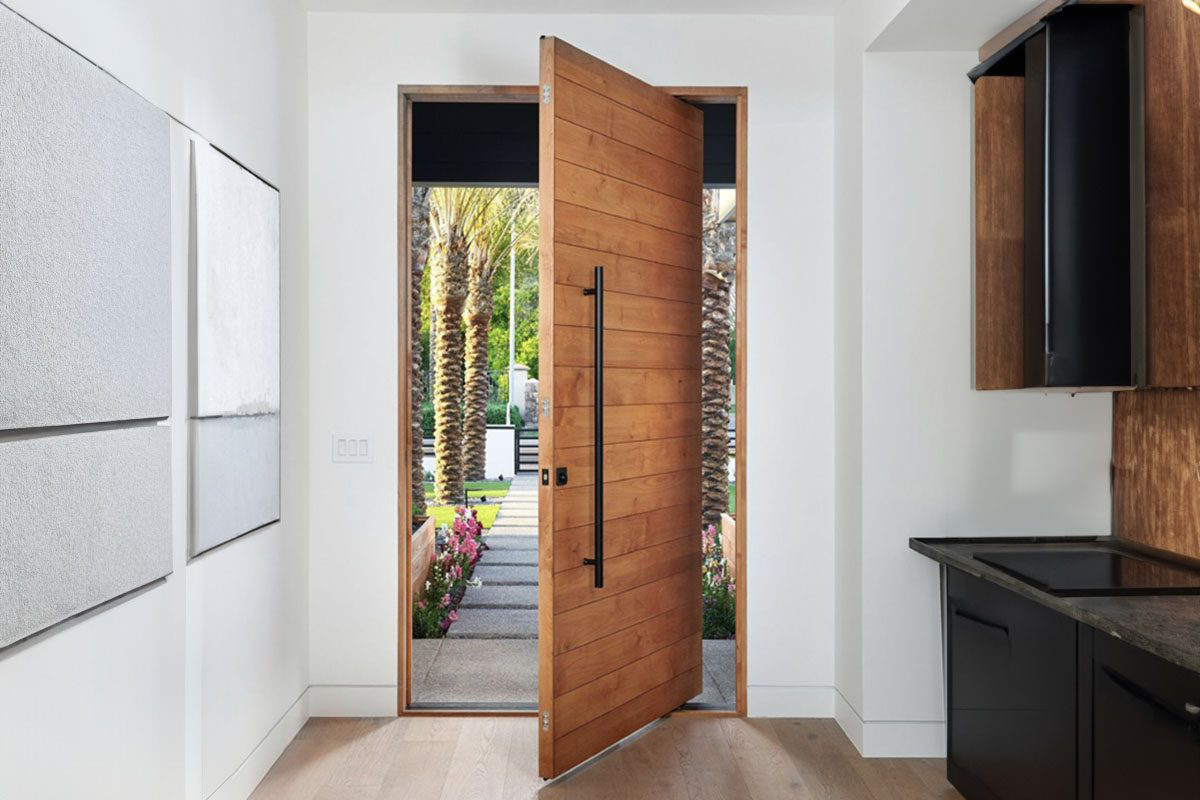
How to Maintain Your Front Door to Extend Its Lifespan?
Front door plays a major role in your home’s appearance, security, and energy efficiency. With the right care, you can extend its lifespan and keep it functioning properly for years. Regular maintenance can prevent costly repairs and replacements. This section will discuss properly maintaining your front door through regular cleaning, sealing, weatherproofing, and annual inspections.
Regular Cleaning and Care
Cleaning your front door regularly is the simplest way to keep it looking fresh and to prevent damage. Depending on the material of your front door, different cleaning methods may be required. Here’s how to clean and care for your front door based on its material:
Wooden Doors:
Wooden front doors can accumulate dust and dirt over time. Use a soft cloth and a mild soap to wipe down the door. Be sure to dry it thoroughly to prevent water damage. If your door has a finish, you should periodically reapply a protective sealant or varnish to keep it looking its best and protect it from moisture and UV rays.
Steel Doors:
Flat doors are also ideal for private areas like bedrooms and bathrooms. They provide a sleek, elegant look while offering excellent privacy. For bathrooms, solid flat doors are a good choice as they are more durable and provide soundproofing, which helps keep noise from traveling. The simple design also contributes to a calming, peaceful environment, which is perfect for spaces where relaxation is key.
Fiberglass Doors:
Fiberglass doors are low-maintenance but still need attention. Clean them with a soft cloth and non-abrasive cleaner to avoid scratching the surface. Fiberglass doors often come with a wood-like finish, so apply a fiberglass polish to keep the finish intact. This will also help preserve the color and texture of the door.
Seal and Weatherproof Your Front Door
One of the most important aspects of front door maintenance is ensuring it is properly sealed and weatherproofed. Gaps and leaks around the door can lead to higher energy costs and decreased comfort, especially during extreme weather. Here’s how to seal and weatherproof your front door:
Door Sweep:
A door sweep is a simple and effective way to seal the gap at the bottom of your front door. These can be installed easily and help prevent drafts, rain, and pests from entering your home. Check the door sweep every few months and replace it if it is worn out.
Sealant:
If your door has wooden panels, it’s important to reapply sealant to protect it from the elements periodically. This is especially important for areas exposed to moisture. If your door is made of steel or fiberglass, check the seams and edges for gaps, and apply sealant as needed.
Annual Inspections
Performing an annual inspection of your front door is a great way to catch minor issues before they turn into major problems. Here’s what you should check during your inspection:
Check for Warping or Cracking:
Performing an annual inspection of your front door is a great way to catch minor issues before they turn into major problems. Here’s what you should check during your inspection:
Inspect the Hinges and Lock:
Ensure the hinges and lock mechanism are secure and functioning properly. Tighten any loose screws on the hinges, and lubricate the lock and hinges with a silicone-based lubricant to prevent squeaks or stiffness. If the lock is sticking or hard to operate, it might be time to replace the hardware.
Look for Drafts:
Check for any drafts around the door by running your hand along the edges or using a candle to detect air movement. If you feel cold air coming in, it might indicate a gap in the weatherproofing or sealant that needs to be addressed.
Clean and Lubricate Hardware:
Clean the door hardware, such as handles and locks, to prevent dirt buildup. Apply lubricant to the moving parts of the lock and handle to keep them functioning smoothly.

Conclusion
Maintaining your front door through regular cleaning, sealing, and annual inspections can help extend its lifespan, but eventually, even the most well-maintained doors may need replacing. A new front door can improve the look and feel of your home, increase its value, and offer modern features that enhance security and energy efficiency.
When to Replace Your Front Door?
Let’s quickly review why flat doors might be the perfect addition to your home or office:
Age of the Door:
If your front door is over 20 years old, it may no longer function as efficiently as it should. While regular maintenance can extend life, an old door can become less secure, energy-efficient, and appealing.
Visible Damage:
Cracks, dents, or warping can compromise the door’s ability to protect your home. If the damage is too severe or if it affects the door’s functionality, it’s time to replace it.
Increased Energy Costs:
If you notice higher heating or cooling bills, it could be due to poor insulation or air leaks around your door. Replacing it with an energy-efficient model will help save on your energy costs in the long run.
Security Concerns:
If your front door is no longer offering the security it once did—due to worn-out locks, a weak frame, or outdated features—it’s time to invest in a new door to keep your home safe.
Aesthetic Appeal:
If your door’s design is outdated or the color has faded, replacing it can drastically improve your home’s curb appeal and make a positive first impression.
Relate FAQ
How long do front doors typically last?
A well-maintained front door can last 30 to 50 years, depending on the material (wood, fiberglass, steel) and how well it’s taken care of. Wood doors require more maintenance but can last longer with proper upkeep.
What are the signs that I need a new front door?
If your front door is warped, has large cracks, is challenging to open or close, or is letting in drafts, these are strong indicators that it's time for a replacement. Additionally, a door with poor insulation can increase your energy bills.
What material is best for a front door?
The best material depends on your needs. Wood doors are classic and stylish, but they require regular maintenance. Steel doors offer security and durability, while fiberglass doors provide energy efficiency and can be styled to mimic wood.
How can I maintain my front door to extend its lifespan?
Regular maintenance includes cleaning the door, applying fresh coats of paint or sealant, checking weather stripping for gaps, and ensuring the hinges and locks work properly. This can significantly extend the life of your door.
How does the climate affect the lifespan of a front door?
Extreme weather conditions, such as high humidity, extreme heat, or cold temperatures, can affect the durability of materials. Wooden doors, for example, may warp or crack more in humid climates, while steel doors can dent from hailstorms. Choose materials suited to your local climate.
What are the benefits of upgrading my front door?
Upgrading your front door can provide better insulation, improve home security, and increase aesthetic appeal. Modern doors also offer energy-efficient glass, enhanced locks, and better resistance to wear and tear.
Can I get a custom front door?
Many manufacturers offer custom front doors in various styles, sizes, and finishes. Custom doors allow you to match your home’s unique architectural style while ensuring the perfect fit and functionality.
